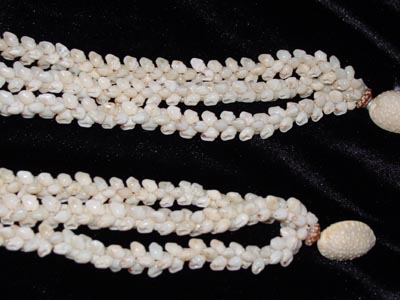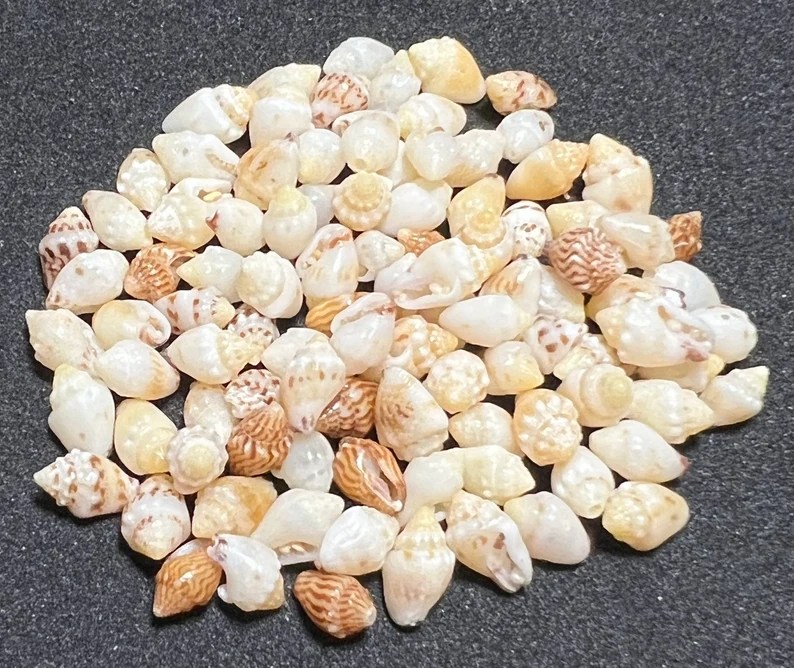Today, we typically reference King David Kalakaua as the ‘Merrie Monarch;’ and most also say it was his nickname used by those outside of Hawai‘i. Most suggest it was inspired by the king’s love of music, parties and fine food and drinks. Yet, it is not clear why we spell ‘Merry’ that way.
It is probably coincidental, but about the same time Kalakaua was ruling in the Islands, there were numerous articles written about King Charles II, who had been ruling about 200-years earlier in England. Charles was also referred to as the “Merry Monarch of England,” or simply, the “Merry Monarch.”
Charles II (born May 29, 1630, London—died February 6, 1685, London) was king of Great Britain and Ireland (1660–85). He was restored to the throne after years of exile during the Puritan Commonwealth.
The years of his reign are known in English history as the Restoration period. His political adaptability and his knowledge of men enabled him to steer his country through the convolutions of the struggle between Anglicans, Catholics, and Dissenters that marked much of his reign. (Britannica)
“Charles Stuart the 2nd of England who lived an “eventful life” with “wild orgies” in “his depraved and dissolute court” was referred to in England as the “merry monarch.” (It was sometimes spelled ‘merrie monarch.’)
He was described as “a man of great and varied talents, a heartless libertine, sunk in vice and debauchery, and soddened with lust”. (The Chelmsford Chronicle (Chelmsford Essex, England, January 13, 1860)
It is not clear if Charles II was referred to as the Merry Monarch during his reign; Hawai‘i’s King Kalakaua was also referred to as a Merry Monarch. However, the first reference of such appears to be in news accounts of his death. (He died January 20, 1891.)
Several, primarily Mid-Western, newspapers on the continent ran identical stories with the heading that stated “He Was a Merry Monarch” The lead line of the story was “King David of Hawaii is dead.” (January 29, 1891)
Later, the Honolulu Advertiser, in writing about the King in an October 23, 1901 article, noted, “when the merry monarch came to the throne a new nobility was created”.
In reference to Kalakaua, though, we call him ‘Merrie’, as noted above and below, it was not always so.
Early newspaper references to a Kalakaua nickname were all, effectively, using ‘Merry.’
In 1903, the Pacific Commercial Advertiser (PCA) referenced, “King Kalakaua, the merry monarch.” The next year, he was again referred to as ‘the merry monarch.’
Later, in 1904, the PCA reported on the christening of the infant son of Prince and Princess Kawananakoa where the paper stated, “the name of the ‘Merry Monarch of Hawaii’ was revived, for the young Prince will bear the name of David Kalakaua II.”
Later, the Honolulu Advertiser referred to Kalakaua as the “Merry Monarch of the Paradise of the Pacific.” Kuykendall’s 3rd and final volume, describing the “Kalakaua Dynasty,” says that it “covers the colorful reign of King Kalakaua, the Merry Monarch.”
Even the festival that bears the nickname is not clear, nor consistent, with the spelling …
The first hula festival (held in 1964) that bore Kalakaua’s nickname was called the ‘Merry Monarch Festival’. In anticipation of the event, the Hawaii Tribune Herald referred to “the first Merry Monarch Festival to be held in Hilo next April.”
Newspaper reports note that, “A purpose of the Merry Monarch Festival, a special project of the Hawaii Island Chamber of Commerce, is to develop an attraction that will draw visitors here during tourism’s slack period of the year.” (Hawaii Tribune Herald, March 31, 1964)
A later Hawaii Tribune Herald story (September 29, 1963) noted, “A Merry Monarch Festival designed to bring back for a brief period the colorful years if King Kalakaua will be held in Hilo next April, it was announced today by George Naope, promotor of activities for the County.”
In announcing that the Hawaii Island Chamber of Commerce had agreed to sponsor the “Merry Monarch Festival,” chairman Gene Wilhelm said, “the Merry Monarch Festival, named for Hawaii’s King Kalakaua, who reigned from 1874 to 1891, is planned for an annual event during the first week following Easter.” (Hawaii Tribune Herald, January 10, 1964)
in the early years, in addition to an annual parade and hula, there were a variety of other programs associated with the festival.
Men competed in a Kalakaua look-alike contest; quarter- and semi-finals of a sideburns-mustache contest at Mooheau Park. (If he was married, the festival gave a gift certificate to “The Most Understanding Wife” (Hawaii Tribune Herald)
A couple of athletic competitions also took place. Single riders and relay teams competed in the Merry Monarch Festival Bicycle Pete Beamer Derby and rode bicycles from the Kamehameha Statue in Kohala, headed through Waimea, along the Hamakua Coast and ended up at Kalakaua Park in Hilo. The winner of the 85-mile race received a trophy and $25.
Reminiscent of the old days of Hawai‘i when relays of the swiftest runners carried fresh fish to the chiefs, the festival had a 4-mile relay race through Hilo (starting and finishing at Mo‘oheau Park). The relay runners used mullet as ‘batons.’
Another of the early festival activities was a Treasure Hunt. Hunters were to dig up a buried box containing a Kalakaua medallion, redeemable for a cash prize, that was buried in a secret location.
“Samuel Clemens Moke, King Kalakaua’s emissary who pays daily visits to the Tribune Herald” provided cryptic clues on the treasure’s location. These were published in the Hawai‘i Tribune Herald.
In reporting on its 50th anniversary, The Hawaii Tribune Herald noted that, “Andres Baclig, the county bandmaster in 1964, composed a number called the ‘Merry Monarch Festival March.’”
“The song, which was received with much acclaim, was presented at the Mooheau Bandstand on April 2, 1964, and it was a spirited number, featuring ‘lots of trombones and baritones.’”
In a report on planning for the 5th annual festival in the Honolulu Advertiser (December 24, 1967), it was reported that, “The largest planning committee ever set up for a Hilo Merry Monarch Festival is at work on the fifth annual festival”.
The ‘Merry’ name was used at least until 1969.
However, the 1977 program for the festival was a bit ambidextrous. The program was titled ‘Merrie Monarch Festival,’ but text on its initial pages, noted, “Hilo’s Merry Monarch Festival is named for Kalakaua who was Hawaii’s Merry Monarch.”
In 1971, the first competitive Merrie Monarch contest took place at the Hilo Civic Auditorium. In 1979 the festival moved to the Edith Kanaka‘ole Tennis Stadium, where it has been held ever since.
In the late-1970s, newspaper reporting noted that performing at Hulihee Palace was the ‘Merry Monarchs Hawaiian Glee Club,’ “the foremost all male Hawaiian language singing group in the Islands (December 12, 1977). A similar concert to celebrate the birthday of “Hawaii’s Merry Monarch, Kalakaua” was held that year at the Waikiki Shell.
Today, the King and Festival are referred to as the ‘Merrie Monarch.’ It is not clear when and why the nickname or the festival name changed from ‘Merry’ to ‘Merrie’. However, the festival remains the premier hula competition.









































